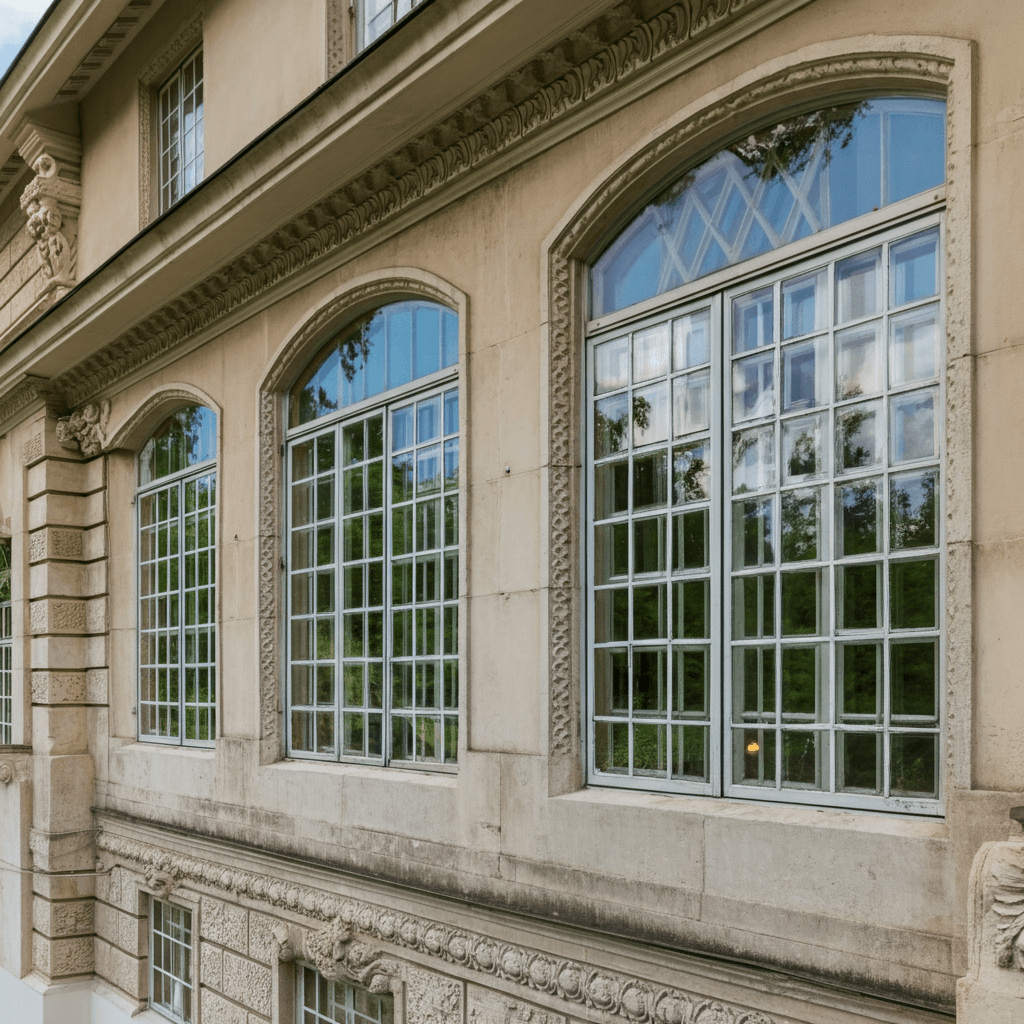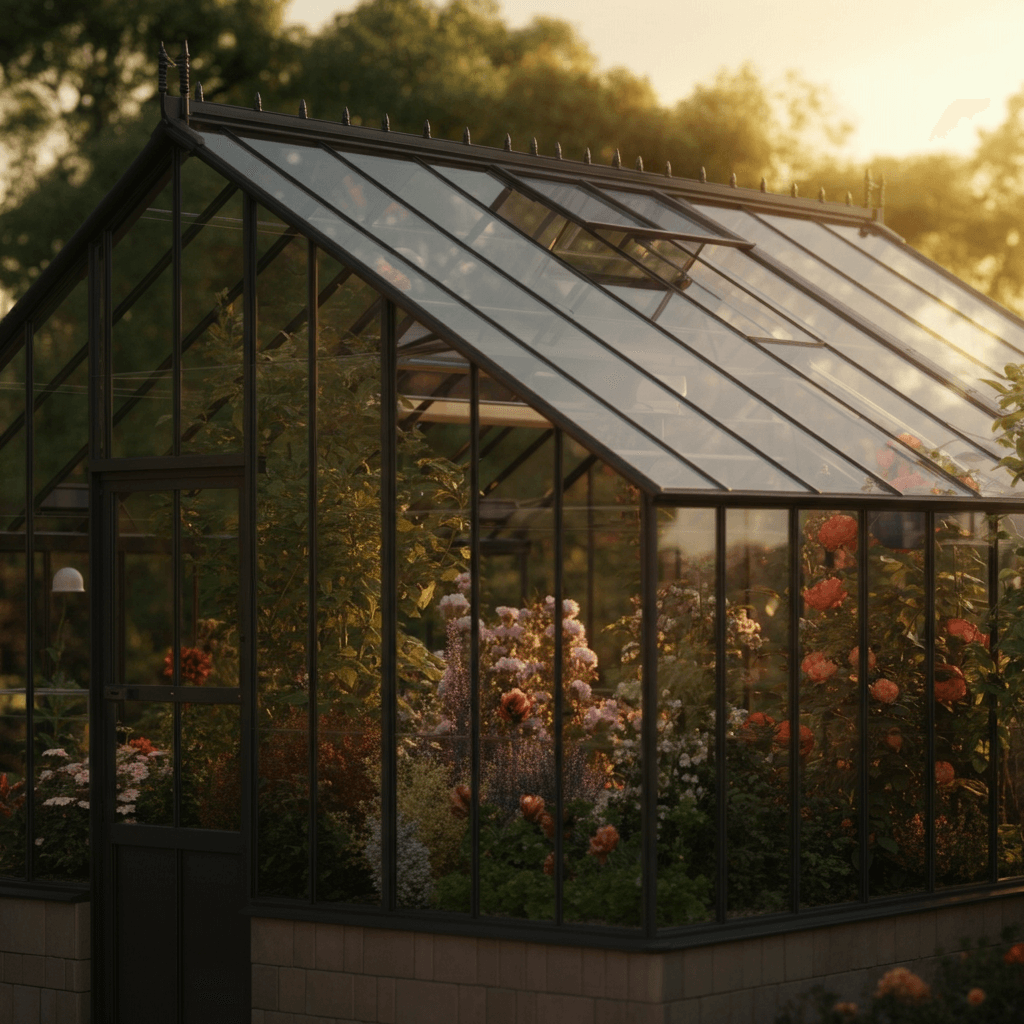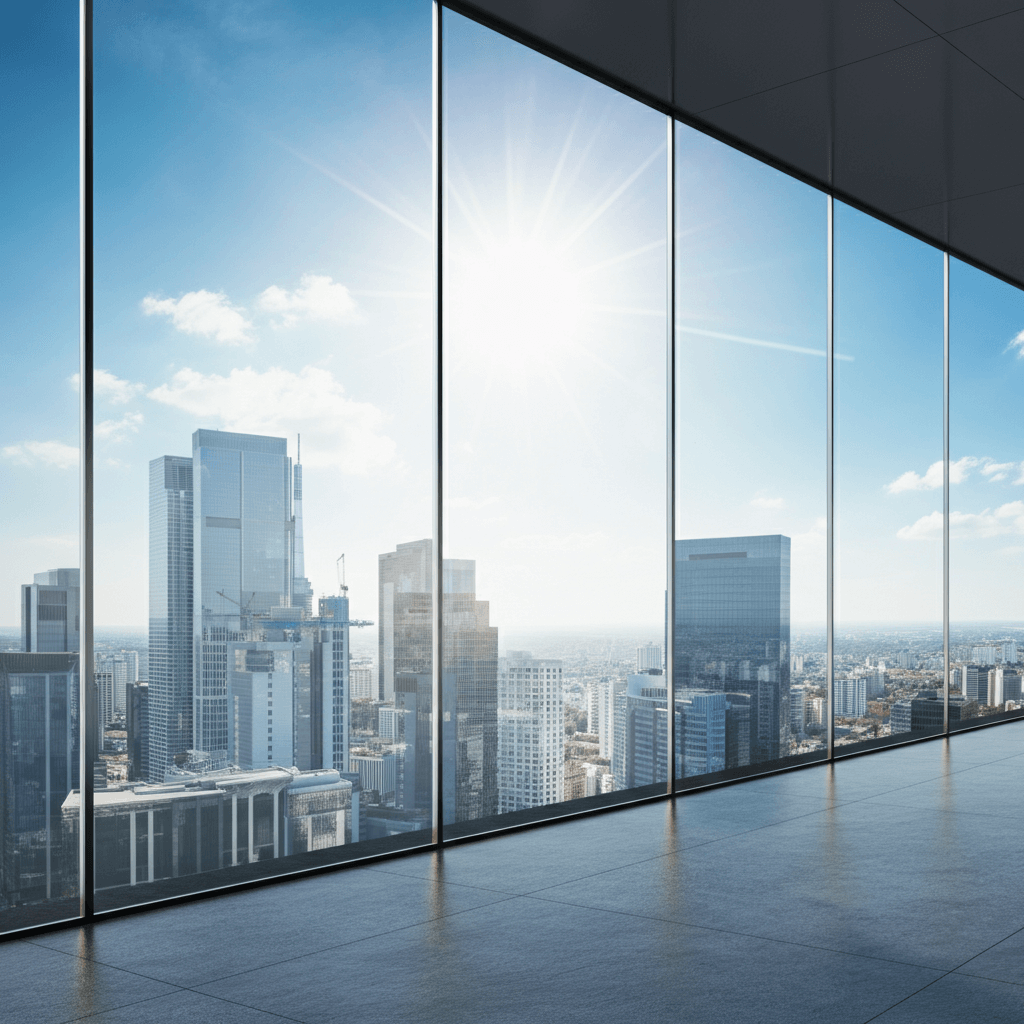Laminated Low E Glass vs. Regular Glass: Which is Best for Your Project?
Release time:
2025-05-07 12:10
Laminated Low E Glass vs. Regular Glass: Which is Best for Your Project?

| Feature | Laminated Low E Glass | Traditional Glass |
|---|---|---|
| Energy Efficiency | High: Reduces heat transfer, keeping interiors warm and reducing energy consumption | Low: Allows heat to escape, increasing heating and cooling needs |
| Safety | High: Shatter-resistant, glass stays intact when broken, reducing injury risk | Standard: Breaks into sharp pieces, posing injury risks |
| Cost | Higher: More complex manufacturing process, higher cost | Lower: Simple production, cost-effective |
| UV Protection | Excellent UV protection, reduces fading of interior décor | No special UV protection, may cause fading of furnishings |
| Sound Insulation | Superior: Laminated structure offers better sound insulation, ideal for noisy environments | Poor: Standard glass offers no significant soundproofing |
| Best Applications | Commercial buildings, residential projects, ideal for energy efficiency, safety, and acoustic needs | Decorative glass, historical building restorations, budget-conscious projects |
| Sustainability | High: Reduces energy consumption, promotes eco-friendly construction practices | Lower: Poor energy efficiency, less sustainable |
Are you wondering whether to choose laminated low E glass or traditional glass for your next building project? The decision can significantly impact your project's energy efficiency, safety, and overall sustainability.
As you weigh your options, consider the unique benefits and drawbacks of each type of glass. Your choice will influence not only the environmental footprint of your project but also its long-term costs and occupant comfort.
Key Takeaways:
- Understand the energy efficiency differences between laminated low E glass and traditional glass.
- Learn about the safety benefits associated with laminated low E glass.
- Discover how each type of glass impacts the sustainability of your building project.
- Explore the long-term cost implications of your glass choice.
- Find out which type of glass is best suited for your specific project needs.
Understanding Laminated Low E Glass and Traditional Glass
Laminated low E glass and traditional glass are two distinct options for builders, each with its own set of characteristics and benefits. Understanding these differences is crucial for making informed decisions in your architectural projects.
What is Laminated Low E Glass?
Laminated low E glass is a type of glass that combines the benefits of laminated glass and low-E coating. Laminated glass is made by sandwiching a layer of polyvinyl butyral (PVB) between two glass panes, enhancing safety and security. The low-E coating is a microscopically thin layer that reduces heat transfer, making it energy-efficient. This type of glass is particularly useful in architectural applications where energy efficiency is a priority.
The manufacturing process involves carefully applying the low-E coating to one of the glass surfaces before laminating the glass panes together. This process ensures that the glass not only provides excellent thermal insulation but also retains the safety features of laminated glass.

What is Traditional Glass?
Traditional glass (often referred to as annealed glass) is the most common type of glass used in construction. It is made by floating molten glass on a bath of molten tin, resulting in a flat, smooth surface. Traditional glass can be used in a variety of applications, from windows and doors to facades and partitions.
While traditional glass is cost-effective and easy to produce, it lacks the advanced features of laminated low E glass, such as enhanced energy efficiency and improved safety. However, it remains a popular choice for many builders due to its simplicity and cost-effectiveness.
Characteristics Comparison
Laminated Low E GlassTraditional GlassEnergy Efficiency: HighLowSafety Features: EnhancedStandardCost: HigherLower
Key Differences Between Laminated Low E Glass vs. Traditional Glass for Building Projects
Laminated low E glass and traditional glass have distinct characteristics that make one more suitable than the other for specific building needs. Understanding these differences is crucial for making an informed decision that meets your project's requirements.
Energy Efficiency Comparison
Laminated low E glass is designed to minimize heat transfer, keeping buildings warmer in winter and cooler in summer. This results in significant energy savings, especially in climates with extreme temperatures. In contrast, traditional glass allows more heat to escape, increasing the need for heating and cooling.
Key energy efficiency benefits of laminated low E glass include:
- Reduced heat transfer
- Lower energy consumption
- Minimized condensation
Safety and Security Features
Laminated low E glass is made by sandwiching a layer of plastic between two glass panes, making it more resistant to breakage and enhancing safety. If broken, it holds together, reducing the risk of injury. Traditional glass, on the other hand, can shatter into sharp pieces upon impact.
The enhanced safety features of laminated low E glass make it an ideal choice for applications where security is a concern.

UV Protection and Fade Resistance
Laminated low E glass offers superior UV protection by blocking a significant portion of ultraviolet rays, which can cause fading of interior furnishings and flooring. This feature helps in maintaining the aesthetic appeal and longevity of interior decor.
Sound Insulation Properties
The laminated construction of low E glass also provides better sound insulation compared to traditional glass. This can lead to a quieter indoor environment, improving overall comfort and productivity.
Selecting the Right Glass for Specific Applications
Selecting the appropriate glass type for your building project involves considering the unique benefits and applications of laminated low E glass and traditional glass. The right choice depends on various factors, including the project's location, energy efficiency requirements, safety concerns, and budget.
Best Applications for Laminated Low E Glass
Laminated low E glass is particularly beneficial in applications where energy efficiency, safety, and security are paramount. Its ability to minimize heat transfer while maximizing natural light makes it an excellent choice for modern buildings.
Commercial Construction Benefits
In commercial construction, laminated low E glass can significantly reduce energy costs by minimizing the need for artificial lighting and HVAC systems. Additionally, its safety features, such as holding together when shattered, enhance the security of the building's occupants.
Residential Building Advantages
For residential buildings, laminated low E glass offers homeowners improved energy efficiency, reduced UV damage to furnishings, and enhanced sound insulation. Its safety features also provide peace of mind, especially in areas prone to natural disasters.
When Traditional Glass Makes More Sense
While laminated low E glass offers numerous benefits, there are scenarios where traditional glass might be more suitable. For instance, in projects where budget constraints are a significant concern, or in restorations where historical accuracy is essential, traditional glass could be the preferred choice.
Moreover, traditional glass can still be a viable option for certain applications, such as in decorative glasswork or where specific aesthetic requirements are not met by laminated low E glass. Understanding the project's specific needs and priorities is key to making the right decision.

How to Evaluate Your Project's Glass Needs
Evaluating your project's glass needs involves a comprehensive assessment of several key factors, including climate, energy efficiency, and safety priorities. To make an informed decision, you must consider how different types of glass, such as laminated Low E glass and traditional glass, align with your project's specific demands. This evaluation process is crucial for ensuring that your chosen glass solution meets your needs in terms of energy efficiency, safety, acoustics, budget, and sustainability.
Assessing Your Climate and Energy Requirements
Your project's location and climate play a significant role in determining the most suitable glass type. For instance, in colder climates, energy-efficient glass like laminated Low E glass can help reduce heat loss, while in warmer climates, it can minimize heat gain. Consider your project's energy requirements and how different glass types can impact your energy consumption and costs.
- Consider the local climate and its impact on energy needs.
- Evaluate how different glass types affect energy consumption.
- Assess the potential for energy savings with energy-efficient glass.
Determining Safety and Acoustic Priorities
Safety and acoustic comfort are critical factors in choosing the right glass for your project. Laminated glass, for example, is known for its safety features, including resistance to breakage and reduced risk of injury from sharp fragments. Additionally, laminated Low E glass can provide excellent sound insulation, making it ideal for projects located in noisy areas.
Key considerations include:
- The level of safety required for your project.
- The need for sound insulation and acoustic comfort.
- The potential benefits of laminated glass in enhancing safety and reducing noise.
Budgeting: Cost Comparison and Long-term ROI
When budgeting for your project, it's essential to consider not only the upfront costs of different glass types but also their long-term return on investment (ROI). While energy-efficient glass like laminated Low E glass may have a higher initial cost, it can lead to significant savings on energy bills over time.
Key factors to consider:
- The initial cost difference between various glass types.
- The potential long-term energy savings.
- The impact of glass choice on your project's overall ROI.
Sustainability Considerations and Environmental Impact
Sustainability is an increasingly important consideration in building projects. The choice of glass can significantly impact your project's environmental footprint. Energy-efficient glass, for instance, can reduce energy consumption, while sustainable glass materials can minimize environmental impact.
Consider the following:
- The environmental benefits of energy-efficient glass.
- The sustainability of different glass materials.
- How your glass choice aligns with your project's sustainability goals.
Conclusion: Making the Right Glass Choice for Your Project
Choosing between laminated low E glass and traditional glass for your building projects or architectural applications can significantly impact energy efficiency, safety, and overall sustainability.
As you've assessed your project's specific needs, you've likely determined that laminated low E glass offers superior benefits in terms of energy efficiency and safety, making it an ideal choice for many architectural applications.
However, traditional glass may still be the better option for certain projects where budget constraints or specific design requirements are a priority.
Ultimately, understanding the differences between these two glass types is crucial for making an informed decision that meets your project's unique needs and goals.
By selecting the right glass, you can enhance your building's performance, reduce energy costs, and contribute to a more sustainable future.
FAQ
What are the main benefits of using laminated low E glass in building projects?
Laminated low E glass offers several benefits, including improved energy efficiency, enhanced safety and security, UV protection, and better sound insulation properties, making it a superior choice for many architectural applications in both commercial construction and residential buildings.
How does laminated low E glass compare to traditional glass in terms of energy efficiency?
Laminated low E glass is more energy-efficient than traditional glass because it minimizes heat transfer, keeping buildings cooler in the summer and warmer in the winter, thus reducing the need for excessive heating and cooling.
Is laminated low E glass more expensive than traditional glass?
While laminated low E glass is generally more expensive upfront compared to traditional glass, its long-term benefits, including energy savings and reduced maintenance costs, can provide a significant return on investment, making it a cost-effective choice for many building projects.
Can laminated low E glass be used in all types of building projects?
Laminated low E glass is versatile and can be used in various building projects, including commercial construction and residential buildings, but its suitability depends on specific project requirements, such as climate, energy needs, and budget.
How does laminated low E glass contribute to sustainable building practices?
As a sustainable building material, laminated low E glass contributes to energy-efficient glass solutions, reducing the environmental impact of buildings by minimizing energy consumption and promoting eco-friendly architectural applications.
What factors should be considered when deciding between laminated low E glass and traditional glass for a project?
When choosing between laminated low E glass and traditional glass, consider factors such as your project's climate, energy requirements, safety and security needs, acoustic priorities, budget, and sustainability goals to make an informed decision.
External References:
preceding page
Related News



